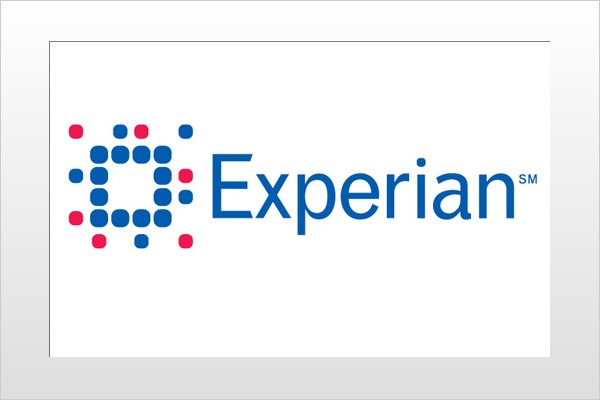
You want to buy a new vehicle. You've determined that you can handle the monthly payments because your job and personal finances are going to be OK. And certainly, car dealers will be eager to see you come in and shop their nearly empty showrooms these days.
But one concern is holding you back: Can you really get the auto loan you need to complete a purchase? The answer is an enthusiastic "Yes!" — though with some strings attached. This four-part series from Edmunds.com will guide you to that goal.
A broad "credit crunch" related to the global financial meltdown is squeezing auto lending these days. News coverage implies that you don't have a prayer of qualifying for a vehicle loan unless you've got the bank balance of an NFL quarterback or the financial savvy of a CPA. And it's true that many lenders are raising the hurdles to auto loans.
But most Americans can still get credit to buy a vehicle.
To see how much it will cost you, check out the Auto Loan Rates chart below. It gives you a rough idea of the current terms for borrowers in various tiers of creditworthiness as measured by credit score. Keep in mind that these rates are only estimates, and that your actual rates will vary depending on the individual characteristics of your personal financial situation and credit history.
Auto Loan RatesTier 3 (670-699) Dealer Buy Rates Bank Rates Credit Union Rates 48 months 6.94% 9.01% 6.95% 60 months 7.24% 9.15% 6.95% 72 months 7.69% 10.03% 7.95% Typical downpayment required 10% 10% 0%
Tier 4 (630-669) Dealer Buy Rates Bank Rates Credit Union Rates 48 months 9.44% 10.99% 8.95% 60 months 9.74% 10.99% 8.95% 72 months 10.89% 12.46% 9.95% Typical downpayment required 15% 15% 0%
Bank Rates are the average rates of more than 900 lending institutions as of October 9, 2008. Source: Informa Research Services, Inc., Calabasas, CA.
Credit Union Rates are the average of several prominent credit unions as of November 6, 2008. Note: These rates are estimates, and actual rates will vary. In addition, factors such as employment stability, household income, explainable credit troubles (i.e. bankruptcy due to medical bills) and an unusually high down payment can make a significant difference in lenders' loan decisions and the rates they charge.
In general, people's hesitation to venture into the market is more a reflection of the nation's collective lack of consumer confidence than lenders' refusal to take them on.
"There are likely many customers sitting on the sidelines now — not wanting to make a big-ticket purchase," said Mike Groff, group vice president of sales and marketing for Toyota Financial Services. "But we have the means to support creditworthy individuals."
Jesse Toprak, Edmunds.com's executive director of industry analysis, agreed. "Consumer confidence has fallen to historic lows," said Toprak. People are avoiding all big-ticket purchases, including cars. But this doesn't mean you can't get an auto loan if you want one.
And with dealers and factories desperate for sales, it's a wonderful time to be a credit-enabled buyer. "If someone needs a car, they know the market is down, and this is a great buying opportunity," said Toprak. The National Auto Dealers Association said that "for many people this may be the best time to buy a car in years. There are plenty of incentives to lower costs."
Three-Step Plan
While clearly these are unusual times, moving from consideration of a new vehicle purchase to signing the loan papers is a three-step process. First, optimize your creditworthiness. Second, lay out a purchase strategy. Finally, engage dealers and lenders in getting a vehicle — and a loan. Read the other three parts of this series to guide you through each step.
Many consumers have gotten used to leasing over the last 10 or 20 years. But one irrefutable fact is that the credit crunch has greatly reduced the automotive leasing market. Carmakers also have moved to restrict leasing because they're trying to buttress the value of vehicles when they come off their leases in two or three years. Even luxury-carmakers such as Mercedes-Benz and BMW have cut back, and they're encouraging more customers to take out auto loans to buy their vehicles. And certainly for the least creditworthy consumers, said Bank of America Dealer Financial Services President Ellsworth "Ellie" Clarke, "the leasing option probably is eliminated."
"These new restrictions on leasing are bringing consumers back to reality," said Philip Reed, Edmunds.com senior consumer advice editor. "In the past, leasing allowed people to get into cars they otherwise wouldn't have been able to afford. Now consumers just have to be more realistic about their auto budget."
Used cars and certified pre-owned cars (late-model used cars that have been refurbished and warrantied by manufacturers) also are options, of course. Less creditworthy consumers, especially, "might consider less expensive cars in order to qualify for more attractive finance rates," Reed said. Used cars, for example, often are available with financing provided by the dealership itself.
But if you have your heart set on buying a new car, there's no need to screen yourself out of the possibility by worrying — probably needlessly — that you won't be qualified for credit.
"Despite all the reports flying around about the credit freeze, there are still hundreds of lenders providing auto loans," Toprak said. "Even consumers with marginal credit can get a loan."
Part 1: Credit Is Available and Pricing Incentives Abound
Part 2: Know the Score: How's Your Credit?
Part 3: The New Reality: Higher Rates, Stiffer Terms
Part 4: Go to the Source: Captive Arms, Banks and Credit Unions